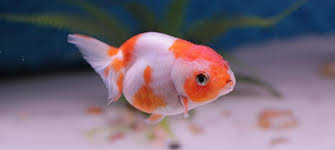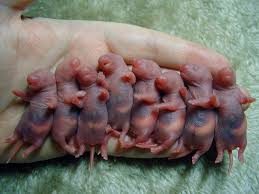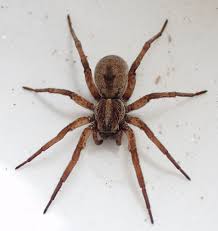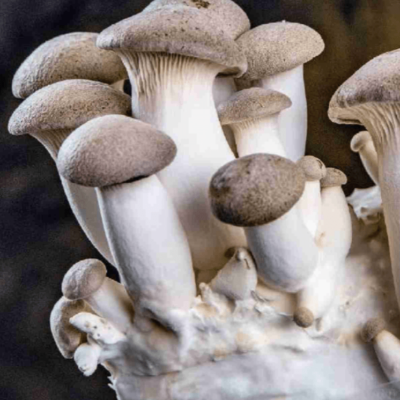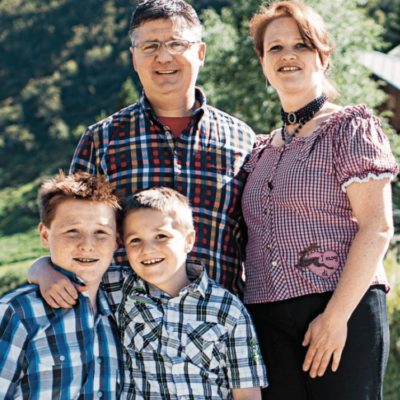Anstatt deine Speisenreste zu bauchen, lässt du sie schlecht werden und kaufst TakeAway!
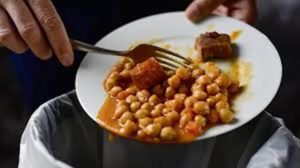
Für viele ist dies eine vertraute Routine –
und zeigt Gewohnheiten auf, die zu einem globalen Problem der Lebensmittelverschwendung beitragen. Laut einem neuen Bericht der Vereinten Nationen muss dies besser gemessen werden, damit es wirksam angegangen werden kann.
Der U.N.-Bericht schätzt, dass 17% der weltweit jährlich produzierten Lebensmittel verschwendet werden. Das sind 1,03 Milliarden Tonnen Lebensmittel.
Die Verschwendung ist weitaus größer als in früheren Berichten angegeben, obwohl direkte Vergleiche aufgrund unterschiedlicher Methoden und des Mangels an starken Daten aus vielen Ländern schwierig sind.
“Eine verbesserte Messung kann zu einem verbesserten Management führen”, sagte Brian Roe, ein Forscher für Lebensmittelabfälle an der Ohio State University, der nicht an dem Bericht beteiligt war.
Der größte Teil des Abfalls –
oder 61% – fällt in Haushalten an, während 26% auf Lebensmittel und 13% auf Einzelhändler entfallen, so die Vereinigten Staaten von Amerika. Die Vereinigten Staaten drängen darauf, die Lebensmittelverschwendung weltweit zu reduzieren, und die Forscher arbeiten auch an einer Bewertung der Abfälle, die die verlorenen Lebensmittel einschließt, bevor sie die Verbraucher erreichen.
Die Autoren stellen fest,
dass der Bericht eine klarere Momentaufnahme des Ausmaßes eines Problems liefern soll, das schwer zu bewerten war, in der Hoffnung, die Regierungen zu veranlassen, in eine bessere Nachverfolgung zu investieren.
“Viele Länder haben ihre Lebensmittelverschwendung noch nicht quantifiziert, daher verstehen sie das Ausmaß des Problems nicht”, sagte Clementine O’Connor vom Umweltprogramm der Vereinigten Staaten und Mitautorin des Berichts.
Lebensmittelabfälle
sind aufgrund der Umweltbelastung durch die Produktion, einschließlich des für die Aufzucht von Pflanzen und Tieren erforderlichen Bodens und der dabei entstehenden Treibhausgasemissionen, zu einem wachsenden Problem geworden. Experten sagen, dass eine verbesserte Abfallverfolgung der Schlüssel ist, um Wege zu finden, um das Problem zu lösen, wie z. B. Programme zur Umleitung ungenießbarer Abfälle zur Verwendung als Tierfutter oder Dünger.
In dem Bericht wurde festgestellt, dass Lebensmittelverschwendung in Privathaushalten nicht auf Länder mit höherem Einkommen wie die USA , England und der Schweiz beschränkt ist.
Essen gehört auf den Teller statt in den Abfall.
Trotzdem gehen Lebensmittel entlang der gesamten Wertschöpfungskette verloren. Damit das nicht passiert, setzt sich die Migros seit vielen Jahren gegen die Food Waste ein. 99% aller Lebensmittel werden verkauft, an Mitarbeitende abgegeben oder an gemeinnützige Organisationen gespendet. Informieren Sie sich hier unten über die verschiedenen Massnahmen der Migros, Coop und über praktische Tipps und Tricks gegen Food Waste.

Nachhaltigkeit mit Speisen
Schweizer Bundesamt für Umwelt
Food Waste in der SCHWEIZ
Taten statt Worte mit COOP
Roe aus dem Bundesstaat Ohio stellte fest,
dass Lebensmittel in armen Ländern manchmal ohne zuverlässige Kühlung zu Hause verschwendet werden. In reicheren Ländern essen die Menschen möglicherweise mehr auswärts, was bedeutet, dass Lebensmittelabfälle einfach von zu Hause in Restaurants verlagert werden.
Roe sagte, dass kulturelle Normen und Richtlinien auch zu Abfall zu Hause beitragen könnten – wie massive Verpackungen, „Kaufen Sie eine, erhalten Sie eine kostenlose“ Angebote oder fehlende Kompostierungsprogramme. Aus diesem Grund sind umfassendere Systemänderungen der Schlüssel zur Abfallreduzierung in Haushalten, sagte Chris Barrett, Agrarökonom an der Cornell University.
Zum Beispiel, sagte Barrett, könnten Menschen Lebensmittel aufgrund eines Datums auf dem Produkt wegwerfen – obwohl solche Daten nicht immer sagen, wann ein Lebensmittel nicht sicher zu essen ist. “Lebensmittelverschwendung ist eine Folge vernünftiger Entscheidungen von Menschen, die nach den besten verfügbaren Informationen handeln”, sagte er.
Um die Bedeutung von Kennzeichnungsdaten zu klären, haben die US-Aufsichtsbehörden die Lebensmittelhersteller aufgefordert, diese konsequenter zu verwenden. Sie stellen fest, dass Etiketten wie „Sell By“, „Best By“ und „Enjoy By“ dazu führen können, dass Menschen Lebensmittel vorzeitig wegwerfen, obwohl einige Etiketten nur darauf hinweisen sollen, wann die Qualität möglicherweise abnimmt.
Das US-Landwirtschaftsministerium
schätzt, dass eine vierköpfige Familie jedes Jahr etwa CHF 1.500 an Lebensmitteln verschwendet. Die genaue Messung von Lebensmittelabfällen ist jedoch aus einer Vielzahl von Gründen schwierig, einschließlich der Verfügbarkeit von Daten, sagte der USDA-Lebensmittelforscher Jean Buzby und fügte hinzu, dass verbesserte Messungen Teil eines Regierungsplans zur Abfallreduzierung sind.
Richard Swannell, Mitautor des U.N.-Berichts, sagte, dass Lebensmittel selbst in reicheren Ländern noch vor wenigen Generationen allgemein mehr geschätzt wurden, da die Menschen es sich oft nicht leisten konnten, sie zu verschwenden. Jetzt, sagte er, könnte das Bewusstsein für das Ausmaß der Lebensmittelverschwendung weltweit dazu beitragen, die Einstellungen in diese Zeit zurück zu verschieben.
“Essen ist zu wichtig, um es zu verschwenden”








